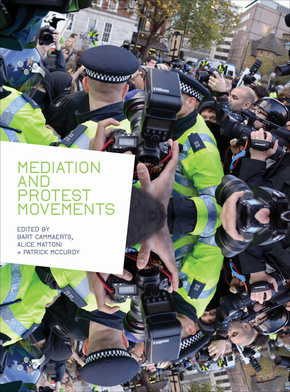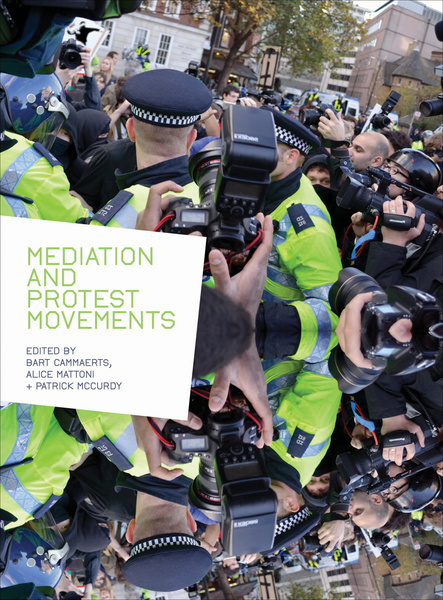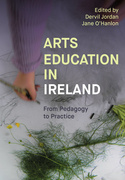Mediation and Protest Movements (Book)
Covering online and offline contexts, as well as mainstream and alternative media, Mediation and Protest Movements bridges the gap between social-movement theory and media and communication studies, making this an important text for students and scholars of the media and social change.
Edition
In a series of fascinating essays, contributors to this timely volume focus on the processes and practices in which contemporary protesters engage when acting with and through media. Covering both online and offline contexts as well as mainstream and alternative media, they consider media environments around the world in all their complexity. They also provide a broad and comparative perspective on the ways that protest movements at local and transnational levels engage in mediation processes and develop media practices. Bridging the gap between social movement theory and media and communication studies, Mediation and Protest Movements will serve as an important reference for students and scholars of the media and social change.
Bart Cammaerts is a senior lecturer in the Department of Media and Communications at the London School of Economics and Political Science.
Alice Mattoni is a postdoctoral fellow in the Department of Sociology at the University of Pittsburgh.
Patrick McCurdy is assistant professor in the Department of Communication at the University of Ottawa.
Chapter 1: Bridging research on democracy, social movements and communication – Donatella della Porta
Chapter 2: Repertoires of communication in social movement processes – Alice Mattoni
Chapter 3: Mediation, practice and lay theories of news media – Patrick McCurdy
Chapter 4: Internet cultures and protest movements: the cultural links between strategy, organizing and online communication – Anastasia Kavada
Chapter 5: Transmedia mobilization in the Popular Association of the Oaxacan Peoples, Los Angeles – Sasha Costanza-Chock
Chapter 6: Mediated nonviolence as a global force: an historical perspective 115 Sean Scalmer
Chapter 7: Walk, talk, fax or tweet: reconstructing media-movement interactions through group history telling – Charlotte Ryan, Karen Jeff reys, Taylor Ellowitz and Jim Ryczek
Chapter 8: Calling for confrontational action in online social media: video activism as auto-communication – Julie Uldam and Tina Askanius
Chapter 9: Activists’ communication in a post-disaster zone: cross-media strategies for protest mobilization in L’Aquila, Italy – Cinzia Padovani
Chapter 10: Imagining Heiligendamm: visual struggles and the G8 summit 2007 – Simon Teune
Chapter 11: Social movements, contentious politics and media in the Philippines – Lisa Brooten
Chapter 12: Protest movements and their media usages – Dieter Rucht
'Mediation and Protest Movements fills ... [a] literature gap with new empirically based theories that can better determine the relationship between new media and protest movements.'
'Mediation and Protest Movements is an important contribution to both the body of literature on protest movements and the field of media studies.'
'The overall quality is strong and cross-national, and engages with Mexico and the Philippines, not just the Global North countries'














